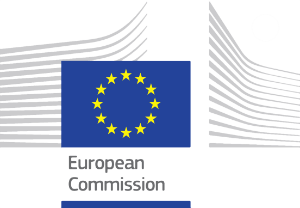The interest and need to get into nature are increasing nationally and internationally. The hiker today has higher demands and expectations for the routes they are going to wander than before. At the same time, the thresholds are too high to find out and hike. Many routes do not hold quality, no one is in charge of the team or finance the development, service along the routes is missing, maps do not match reality and we do not have a common national quality standard for our routes, that is located outside the mountainous area, the lowland routes. Developing hiking routes in northern Europe is challenging, due to the routes in many cases are quite new, which creates conflicts with the landowners, long stretches of wilderness demands intensive management at high costs and to create service to live and eat along the routes is challenging. The practice includes: a working process, an evaluation of routes matrix and a model for sustainable organisation of routes. When working in this certain way we can go from status having routes of low quality with no management to a status where we have high quality routes with an organisation and infrastructure and service creating growth and jobs by developing hiking products demanded on an international market where quality goes before quantity. Stakeholders are the region, municipalities, SMEs, the Church and associations (cultural-, nature- and sports organisations, land owners).

ReInHerit Digital Hub
Developing attractive, safe and sustainable cultural routes for inhabitants and visitors
Author(s)
ECTN
Terms of reuse
CC BY 2.0
Type of best practice
Cooperation between Museums and Heritage sites
Keywords
cultural routes
Theme
Management
The practice includes: a working process, an evaluation of routes matrix and a model for sustainable organisation of routes.
Organisation in charge of best practice
Västarvet
Location
West Sweden
Dates
2017-2020
Description
Links
Resources needed
The resources used is human resources. Several people from different departments in the municipalities need to work together having a common goal, aim and budget for their prioritized routes. They need to co-operate with people from the Region, national organisations, the Church and land owners.
Challenges encountered
n/a
Evidence of success
Falköping municipality is an evidence. The only way to create and develop routes that lasts longer than 2-3 years in a forested, slightly populated area. Success factors: a long lasting organisation and management, political anchored decisions for budget and commitment, agreements for land-owners, municipalities, associations etc and hiking products containing the kind of route (nature, culture, safety, level, service) that is demanded from the new type of hikers.
Potential for transfer
We know that other regions in Sweden and countries with the same conditions as Sweden have the same challenges with their route management. Routes who disappears within 2-3 years if management is not taken care of, defective sign posting, different quality standards, unapproved maps, municipal politicians who do not know how a high-quality route that is long-term financed and organized, can contribute to rural development, development of existing and new companies, integration, improved public health, an attractive municipality to live and work in, strengthen social ties in local collaboration. By communicating the work process, tools and methods that is the result of this work, to municipalities and national organizations, we can gain a national / northern European way of working with sustainable routes and thus create the conditions for a better developed and above all socially, economically and ecologically sustainable nature tourism.
Further Information
n/a
Get in touch
Click here to send us an email, if you have any question or comment on this best practice.
